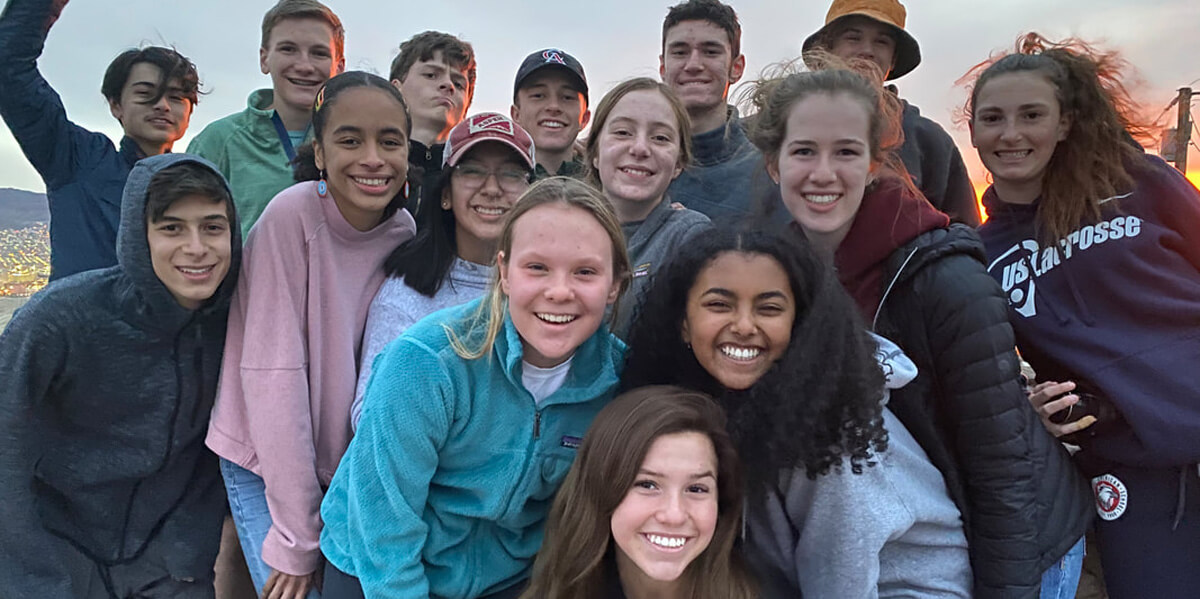Editor’s note: Each year, Freshmen in Colorado Academy’s Upper School participate in the Ninth Grade Intensive, spending one week during the Winter term doing an in-depth study of one real-world topic. This year, as it has been for the past several years, the topic was immigration.
In the “El Paso” Intensive, students led by Upper School Science Teacher David Frankel and Upper School Service Learning Coordinator Lisa Dean, traveled to El Paso, Texas, to see and learn how one border community handles immigration on a daily basis. We’re sharing excerpts from students’ daily blogs to demonstrate the significant impact of this eye-opening trip on the students.
By Abby Alem, Claire Arney, Brickelle Bixler, Ari Foreman, Ashley Hagen, Charlie Jones, Andrew Koclanes, Colin McCoy, Hudson Parks, Faith Reeman, Danielle Seaton, Desi Silverman-Joseph, Charlotte Sovka, JT Timmers, Kai Wang, Ana Yanez
Day 1
We started off our amazing experience in El Paso with a circle where we all got to know one another and discussed the reasons why each of us wanted to be here with our two incredible guides, Laura and Jorge.
We did some exercises that allowed us to express our fears, concerns, and questions about the road ahead. We also discussed our goals for the trip: 1. Creating better bonds with people, 2. Be responsible, 3. Immerse, engage, and evolve, 4. Get a better understanding of immigration. This provides a useful base for us to build around throughout our journey.
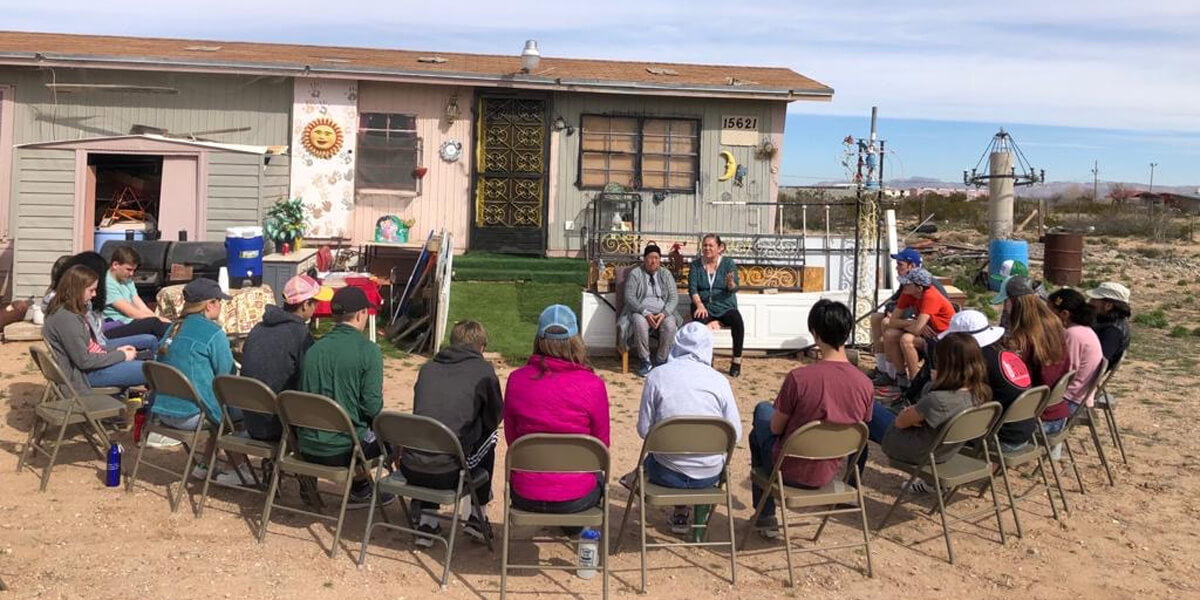
Day 2
Today was our first full day in El Paso! We went to two different colonias, which are plots of land that many undocumented immigrants live on. The storyteller for the first one talked about her experiences living in the United States for the past 23 years. She struggled with family tensions, legal inquiries, and unfair treatment. Many of her family members live in Mexico, and this has caused her to struggle mentally and medically. She is struggling to pay for a surgery that she needs, and was very brave for sharing her story with us.
Our second storyteller was a mother of three kids, two of whom are undocumented and the other is a U.S. citizen. They have had many struggles, but the biggest was when their father was deported and separated from his family for two-and-a-half years. The household dynamic shifted dramatically, and there were many instances when they could’ve lost hope. Finally, they were reunited, and she told a heartbreaking story about how desperate she felt while her husband was gone.
Later in the evening, we took a short drive to an outlook viewpoint over El Paso and Ciudad Juarez. We could actually see the border line, the Rio Grande, and an immigration checkpoint, which was marked with a big red “X”. We took many pictures and watched the sun set over El Paso.
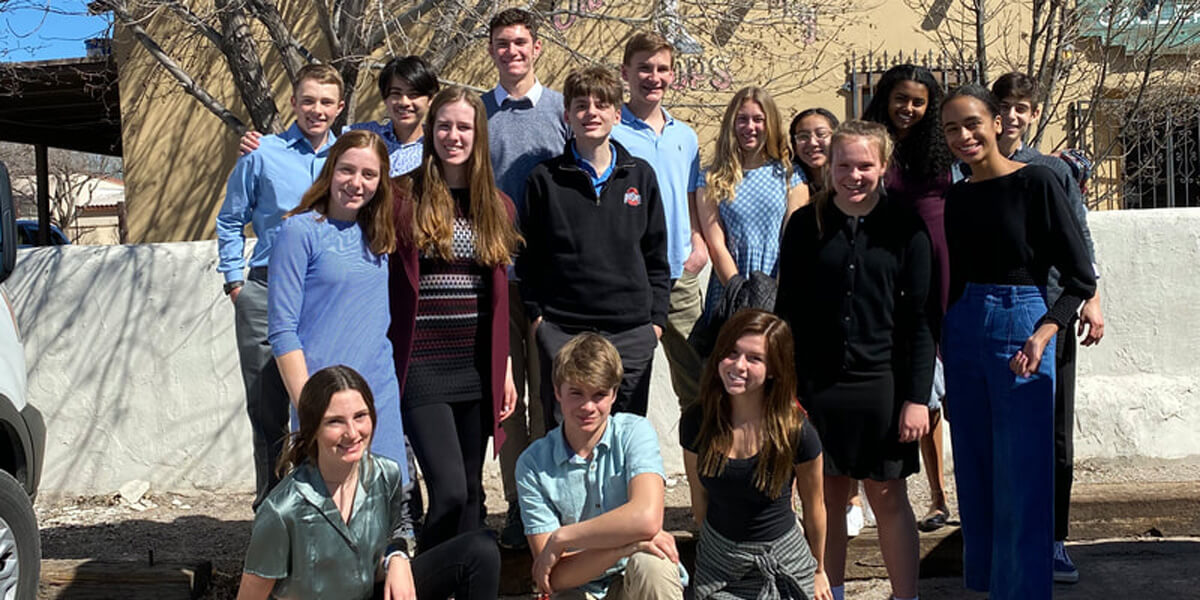
Day 3
Today was an early start at 5:30, waking up at the crack of dawn. We were excited to dress in our fancy attire to attend the immigration court. After the few minutes we observed, we had the opportunity to speak with Judge Garza. She informed us with more description of the Court process, and answered our questions. Preceding our discussion, we were permitted to enter a second Court Room to hear more hearings, with different immigrants. This room contained many more immigrants, varying in ages from 18-50 years old. This experience enhanced our understanding of the process in which immigrants face.
On our journey home, we stopped at an authentic Mexican restaurant. It is interesting to see how the Mexican culture influences border towns. Here we enjoyed a unique cuisine while enjoying each other’s company.
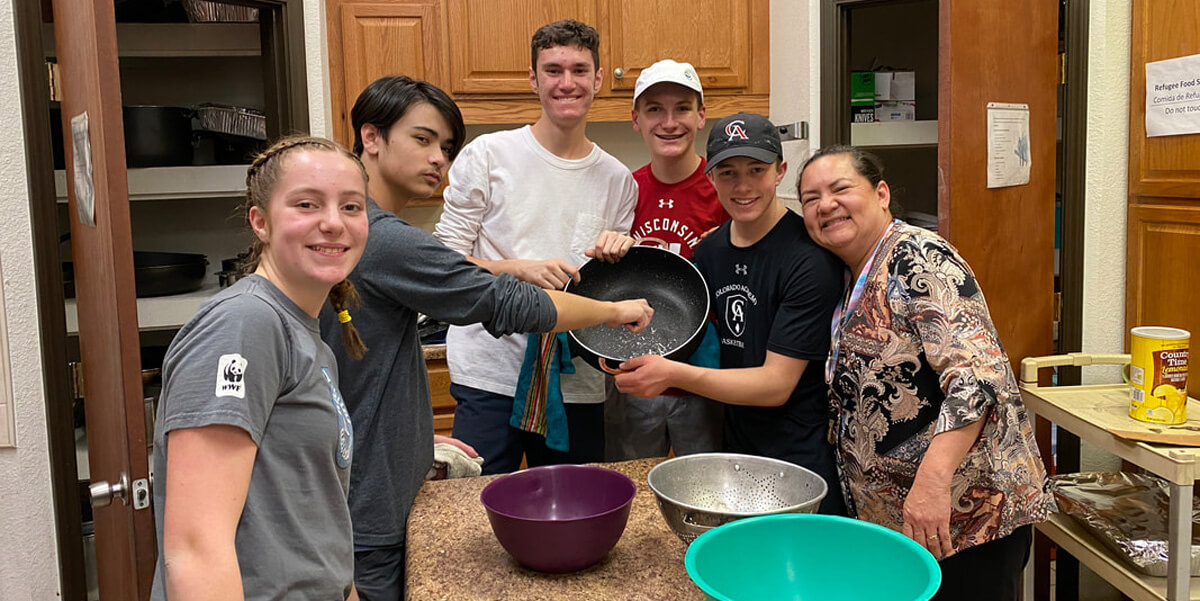
Day 4
Next, Pastor Rose Mary from Cristo Rey Lutheran Church talked to us about the conditions in the detention centers in which refugees are processed. Because of the influx of immigrants from Central America, most official holding cells are unable to accommodate these refugees, so most stay in small rooms that are only meant to hold small numbers of people for only a few hours; however, refugees stay in these rooms for around 20 days. The cells are inhospitable and are kept at severely cold temperatures in order to, according to border patrol, ward off disease.
Immigrants are not supplied enough blankets to stay warm, and many have blisters on their lips and ears from the cold. There are often no mattresses, and so these refugees must sleep on the cold cement; many have bruises on the sides of their bodies from sleeping on the floor. In some cases, there is not sufficient space to lie down, forcing immigrants to sleep while standing.
We arrived at Casa Vides where we spoke to a representative of Annunciation House, a place that provides a safe place for refugees to stay while they’re awaiting their court cases, much like Cristo Rey does. They have multiple houses in El Paso where refugees stay, but we visited Casa Vides, which is the smallest of these houses. We served them the tuna and Bolivian salads that students had prepared, and students had the opportunity to practice their Spanish and connect with the immigrant families staying there. You could feel the sense of community among the refugees and volunteers, and many students were impressed by the work Annunciation House and other organizations are doing to help these refugees.
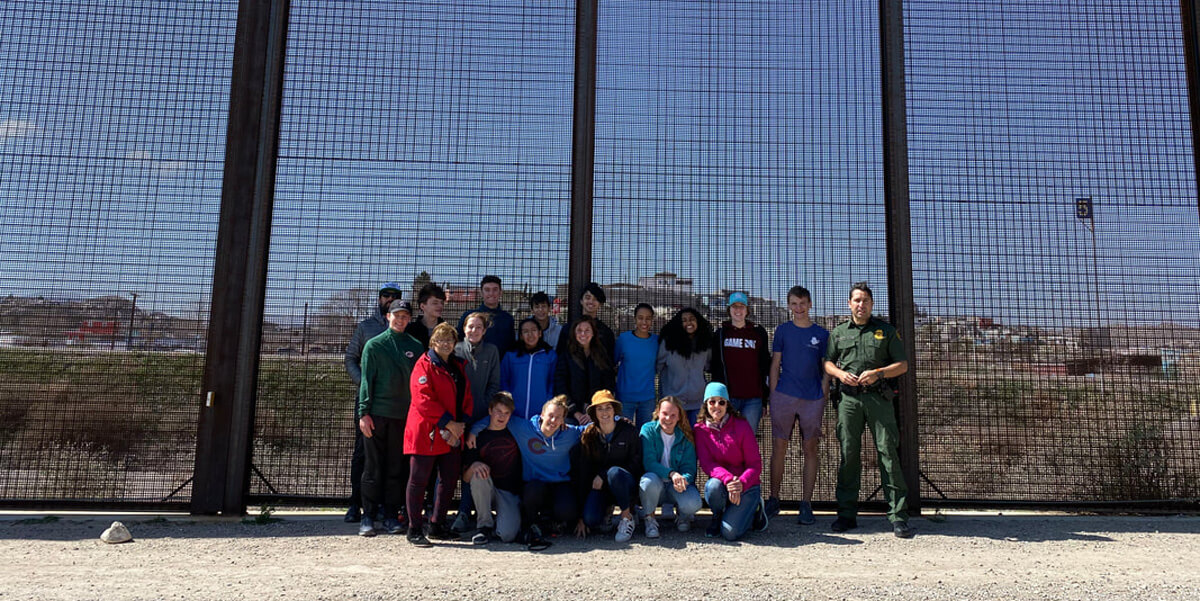
Day 5
We hopped in the van and headed to the border wall/fence. We spent time there exploring the surrounding area. The fence dividing the border dominated the landscape behind a group of buildings. On the other side of the wall we could see a canal between the wall and the Rio Grande. When the border patrol agent arrived, we sat down and listened to a short presentation about their day-to-day responsibilities. While they were giving a presentation a woman with two small children walked up to the wall and sat down. The agent noticed them and we later found out that they had been seeking asylum at the wall. The family had come from Honduras and a smuggler had just dropped them off.
We met with a lawyer that helped us to understand the laws of immigration and how immigrants are processed. Our group found out that the process is long and complicated. Back at the church, we spent time with Pastor Rose Mary honoring the people that bring light to our lives and the people that have made an impact on us this week. It was emotional and a bonding moment for our group.
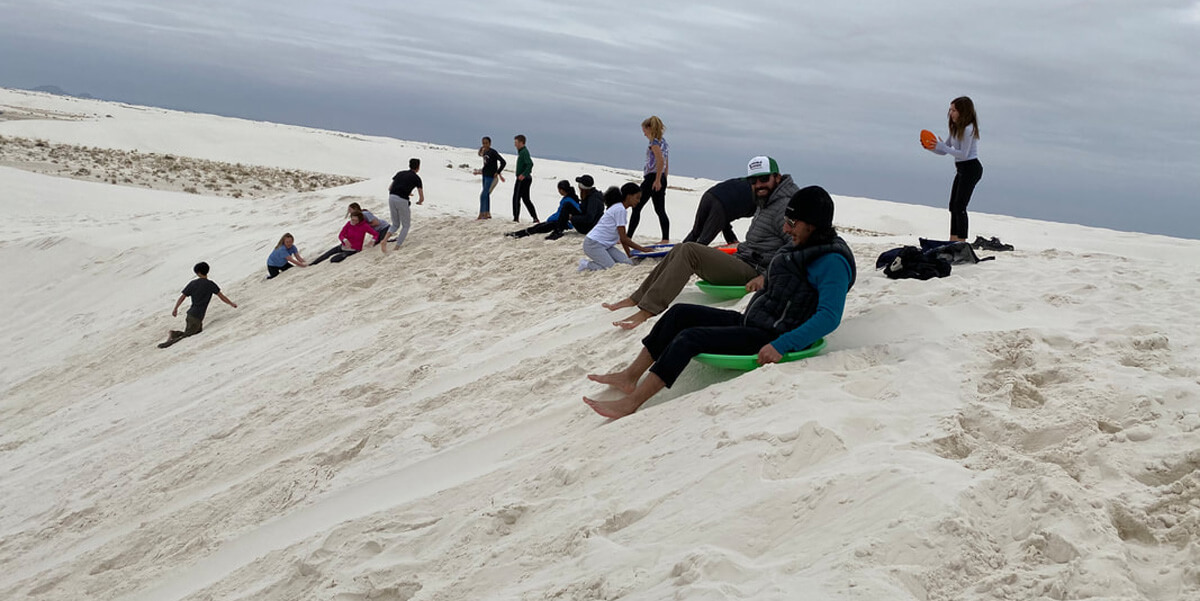
Day 6
We got to White Sands National Park and watched an educational video on how white sands was formed. We learned that it is the largest dunefield in the world covering 275 square miles. It was formed by the dust of gypsum that was blown by the wind and spread across the site. We also learned about the different animals that come out during the day and the night. We learned about adaptation and natural selection; Mr. Frankel was right at home.
\When the video ended we headed for the dunes where we found a secluded area to eat our delicious sack lunches. We then trekked to the tallest and steepest dune we saw. We had brought sleds, so we could slide down the giant dunes. Overall it was a fun experience and a great way to end an awesome trip.
